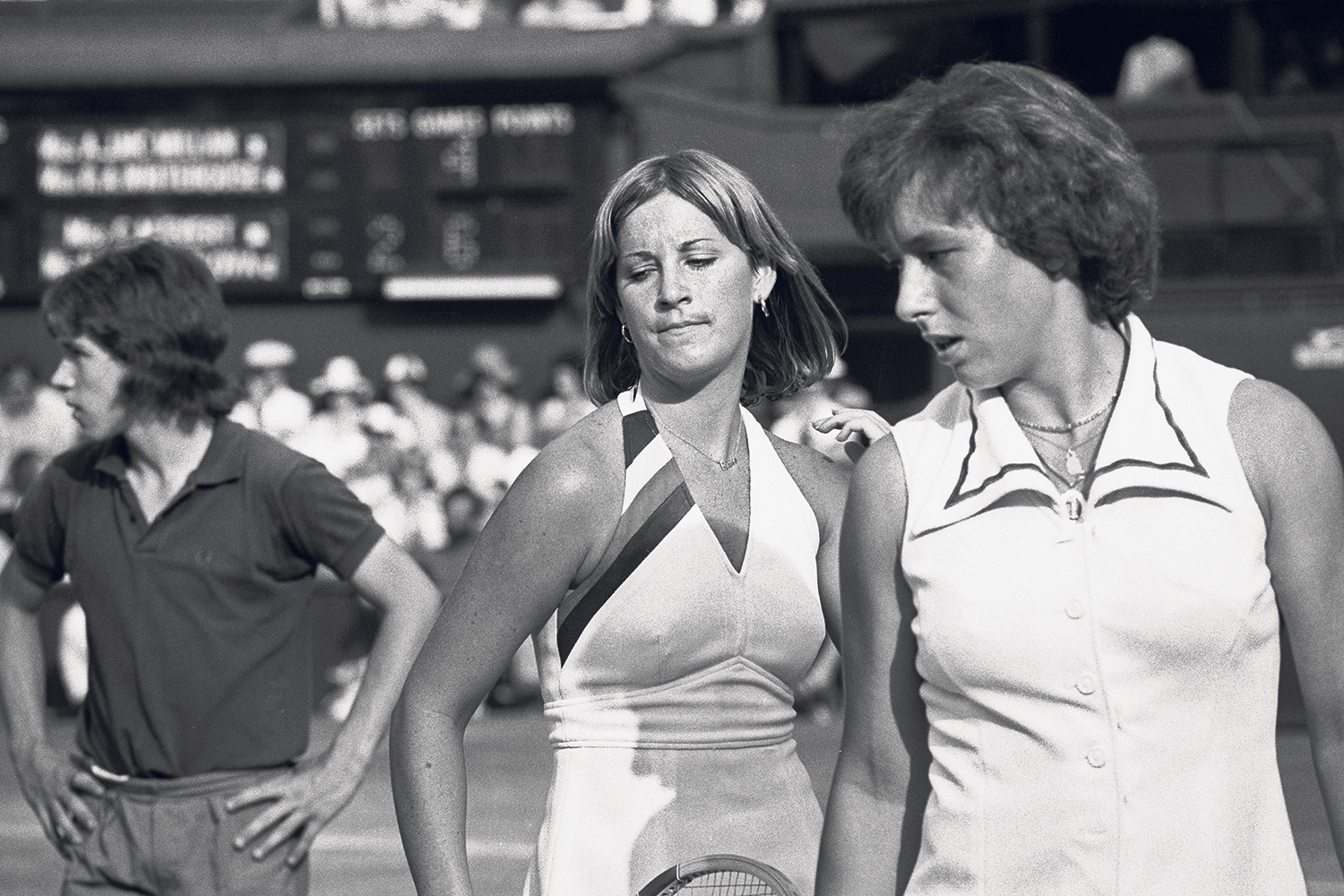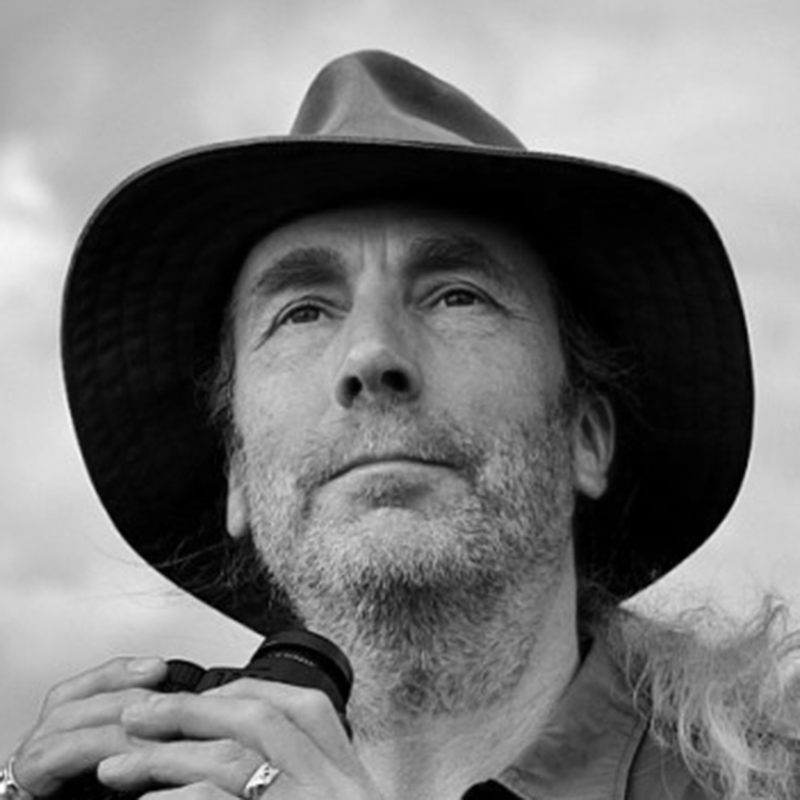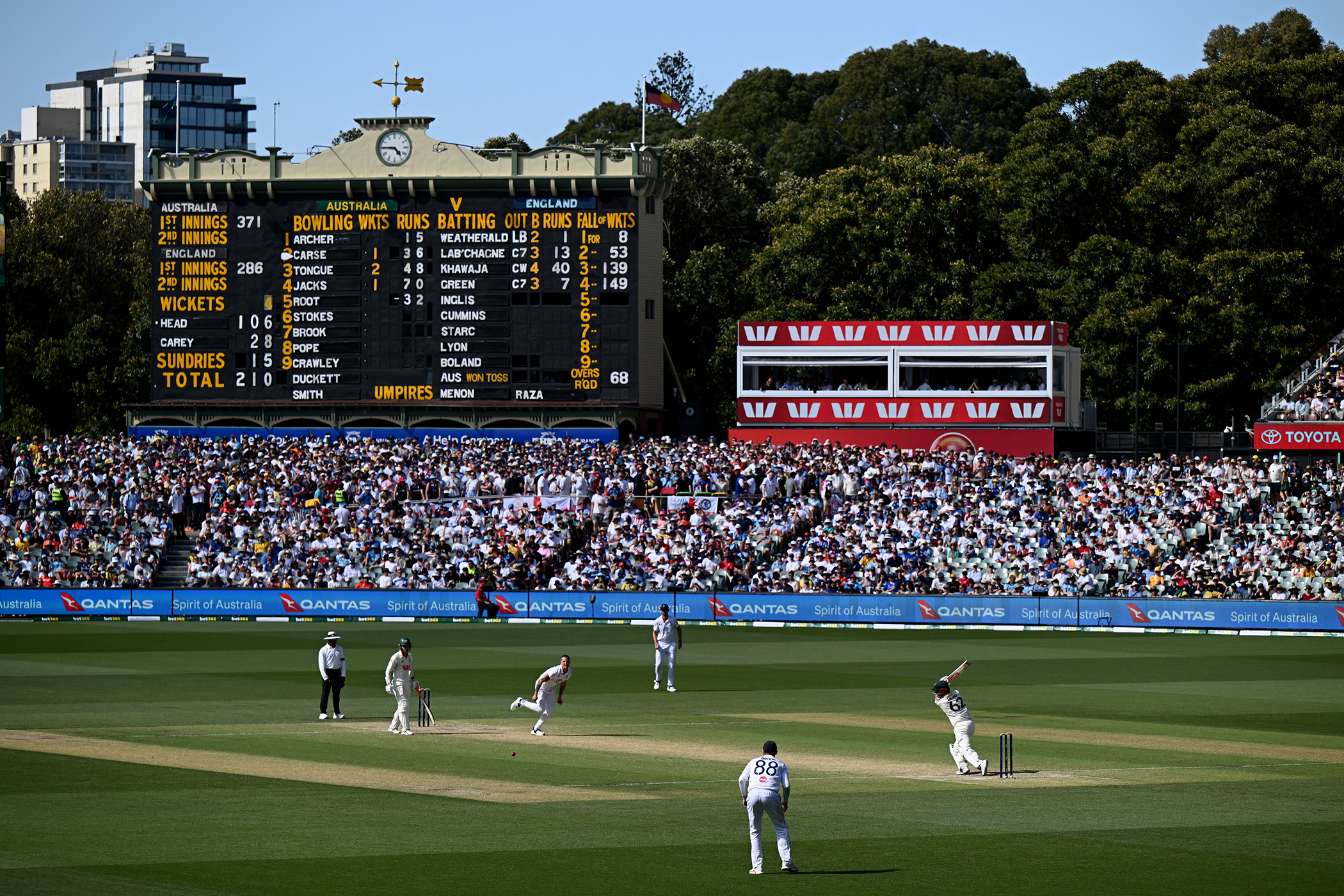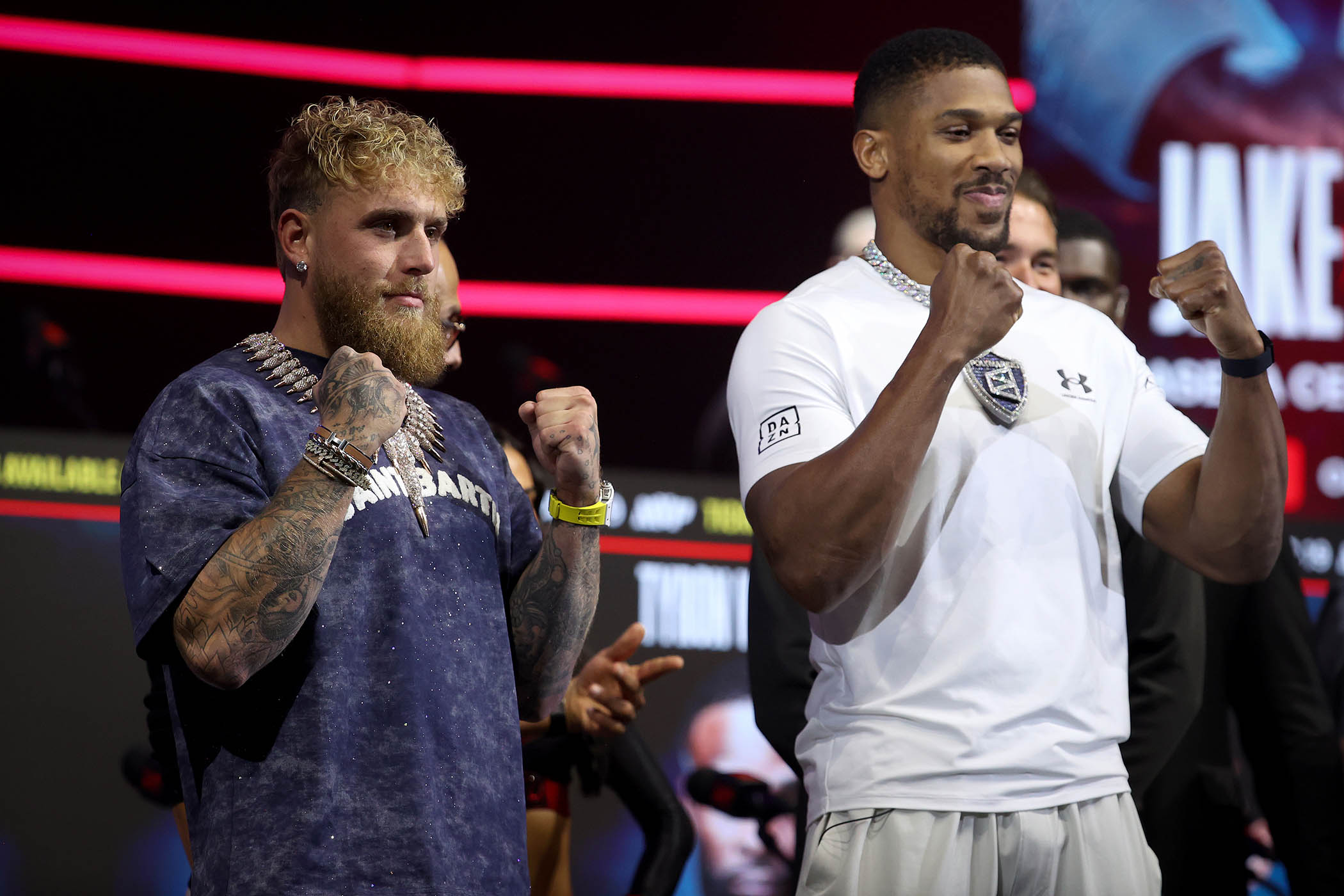It’s the real thing, then. It’s not been confected by promoters trying to sell tickets or journalists desperate for a line. And it’s not remotely one-sided. So there was a great sigh that mingled relief with joyous anticipation when Jannik Sinner beat Carlos Alcaraz in the Wimbledon men’s final.
Alcaraz shocked Sinner by beating him in five sets at the French Open final a few weeks earlier; now Sinner has shocked Alcaraz at Wimbledon by beating him in four. Sinner has four grand slam titles, Alcaraz five. Sinner is 23, Alcaraz 22. We might have another decade of this.
Power v wit. Accuracy v invention. Steadiness v flamboyance. Cool v hot. Restraint v emotion. Science v art. What we have here is one of sport’s most precious things: rivalry.
A long-running rivalry brings its own narrative to every event. It creates the great trinity of sporting pleasures: partisanship (which rival are you cheering for?); drama (first one wins, then the other); and best of all, the pursuit and capture of excellence as each pushes the other to ever greater heights.
But where’s the hate? A question always asked by a legendary Fleet Street sports editor, a species now functionally extinct. It reveals a fundamental misunderstanding of sport (though not of journalism). Sporting rivalries don’t need hate to produce great sport, though hate remains an option.
Related articles:
“It’s a privilege to share the court with you,” Alcaraz told Sinner. “Every time we play each other our level is really high.” This echoes the previous great men’s tennis rivalry: with Roger Federer and Rafael Nadal the relevant question was: where’s the love?
Nadal leads the head-to-head 24-16, but the imbalance represents Nadal’s impossible superiority on clay. Federer leads on both grass and hard courts. The best tennis operates on the progressive raising of the level of skill, and time and again these two found impossible raises in both their own and their opponent’s art.
The 2008 Wimbledon final, won by Nadal in the darkness of the fifth set, is remembered as the greatest tennis match of all time. But Nadal said: “If somebody says I am better than Roger, I think this person doesn’t know anything about tennis.” Federer says that Nadal “pushed me to innovate, work harder and develop my game”.
Rivalry is a privilege, not a burden. Chris Evert and Martina Navratilova played each other 80 times, 60 of them in finals. Navratilova just about has the edge: 43 wins to 37. Between 1975 and 1987 one or the other was No 1 for all but 23 weeks.
“I think the moment we became really good friends was the moment we realised that something was bigger than ourselves individually,” Evert said. The two are close to this day and each believes it was the other that forced greatness from her. Where, indeed, is the hate?
Team games are also built on rivalries, but they have a different dynamic, being freed from the shackles of time. The Celtic-Rangers saga looks likely to continue until the extinction of the human race, along with the Ashes and England against Germany in football.
This sort of rivalry is beyond my scope here, being conducted by supporters more than players. But team sports are still capable of supporting rivalries between individuals: it’s just that there’s never a clear winner. Lionel Messi has eight Ballons d’Or to Cristiano Ronaldo’s five, but they are just arbitrarily awarded trinkets.
Federer says that Nadal pushed him to innovate, work harder, develop his game
They have each scored more than 800 goals for club and country. They played for the great rivals Barcelona and Real Madrid: in 30 versions of El Clásico against each other, Messi scored 20 goals and Ronaldo 18, with Messi winning 14 and Ronaldo 8. There have been rumours of bad blood between them, at least on Ronaldo’s part, but he denies this adamantly. And – yes – they each credit the other for making them strive for still further excellence.
Cricket also has its own individual rivalries: Viv Richards and Dennis Lillee, Malcolm Marshall and Sunil Gavaskar, Virat Kohli and James Anderson. But naturally rivalry is more vivid in individual sports.
Muhammad Ali knew that hate was box office, so he called Joe Frazier a gorilla and an Uncle Tom. Frazier, a man of brooding intensity rather than flamboyant wit, never forgave him. He won the first of their three fights after saying that it was his mission “to show him the error of his foolish pride”. But he lost the second on a narrow points decision and in the third, the Thrilla in Manilla in 1975, his corner refused to let him contest the 15th and final round.
Ali later made a public apology, but Frazier sneered, saying he was apologising to a newspaper rather to him. Ali’s response: “If you see Joe Frazier, tell him he’s still a gorilla.”
Ali said the Manila fight was “the closest thing to dying I know of”. The Formula One drivers Alain Prost and Ayrton Senna came perhaps closer. Theirs was a classic contrast: Prost cerebral, risk-averse and hating the rain, Senna inspired, embracing risk and loving the more dangerous conditions of a wet track.
The two crashed at Suzuka in Japan in both 1989 and 1990 but survived. They had two years as team-mates at McLaren, in which between them they won 25 of the 32 races, with 14 to Senna; in this time they had one world championship each.
Each blamed the other, both for those potentially lethal manoeuvres and for the hate. “Senna tries to represent himself to the world as a man he is not. He has no value,” Prost said. Senna refused to talk to Prost, and wouldn’t even speak his name. And yet the two became friends after Prost’s retirement, and Prost mourned Senna’s death in 1994.
In sport your rival consistently forces from you more than you knew you had, beating and belabouring you towards excellence. Your rival is your story, your inspiration, your enemy, your friend, your lover, your completion, your self. You are bound to each other throughout eternity.
Photograph by Reg Lancaster/Getty Images



